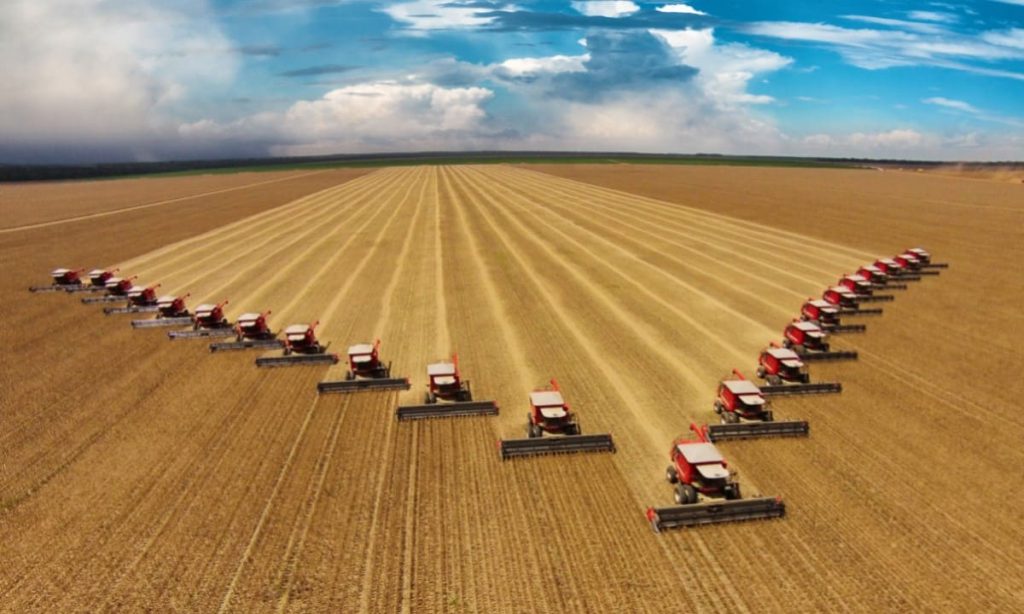SASKATOON – Federal and provincial representatives crammed into a dining hall inside the Sheraton Cavalier Saskatoon on Tuesday to exchange ideas on how to put an end to hunger for millions around the world.
“With over 40 per cent of arable farmland in Saskatchewan, plus another 17 million acres of forage land, we are greatly blessed and we have huge capacity to feed the increasing population of the world,” said the Saskatchewan’s Agriculture Minister Lyle Stewart.
Nearly half of the total cultivated farmland in Canada is located in Saskatchewan. Currently, Canada ranks as a top three contributor to the World Food Programme.
“Canada will continue – and the province will continue – to increase production in key commodities that are important to feed the world, be it wheat or pulses. You name it,” said Ramiro Armando Lopes Da Silva, assistant executive director of the World Food Program (WFP).

The federal government also unveiled its cash contribution under the new Food Assistance Convention. A minimum of $250 million will be invested annually in food aid by our country. Denmark, Japan and the U.S. are among other nations involved in the joint project, aimed at combating the undernourishment of people around the globe.
According to the World Food Programme website, undernourishment contributes to the deaths of 2.6 million children under the age of five.
“It’s in many cases, life and death situations, where people are not only not able to access food, but even the quality of the food that’s available is not healthful to the degree that it should be,” said Minister of International Cooperation Julian Fantino.
Leaders also raised issues including political conflict, natural disasters and historically rigid gender roles in parts of the world as issues they must contend with while feeding the hungry.
Their goal continued to be underscored throughout the presentation: sustainable practices to help produce and distribute healthy food for those in need.